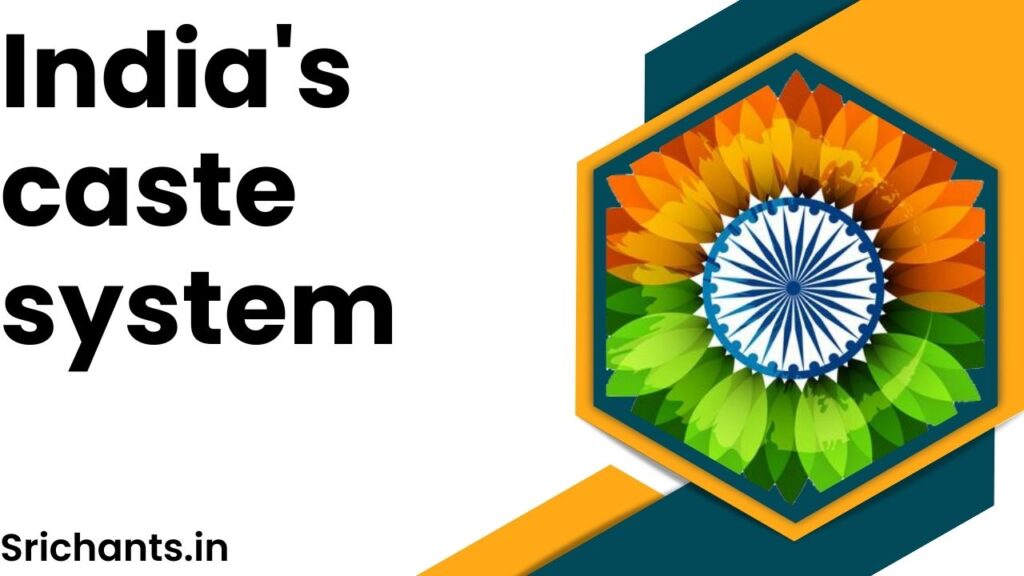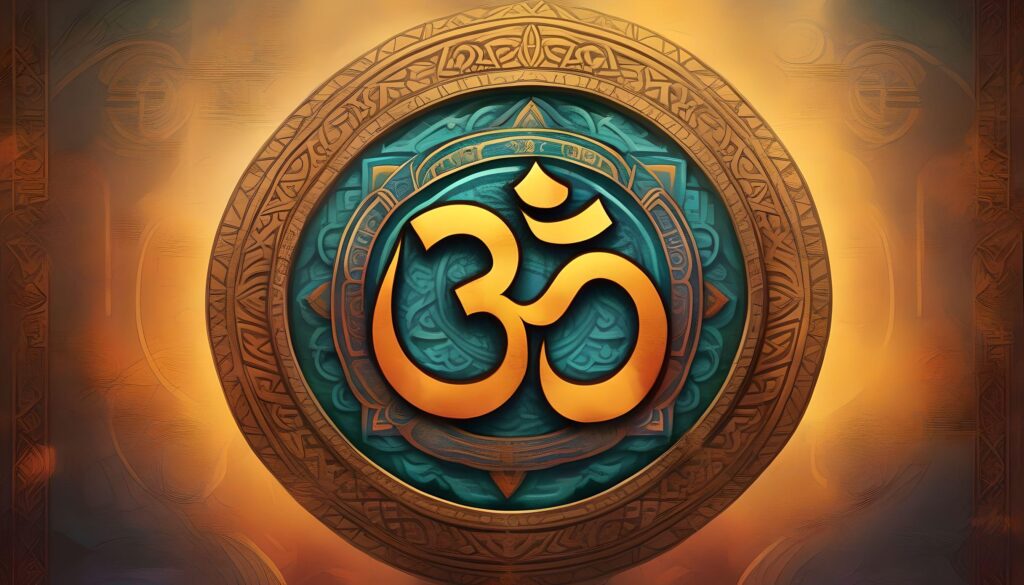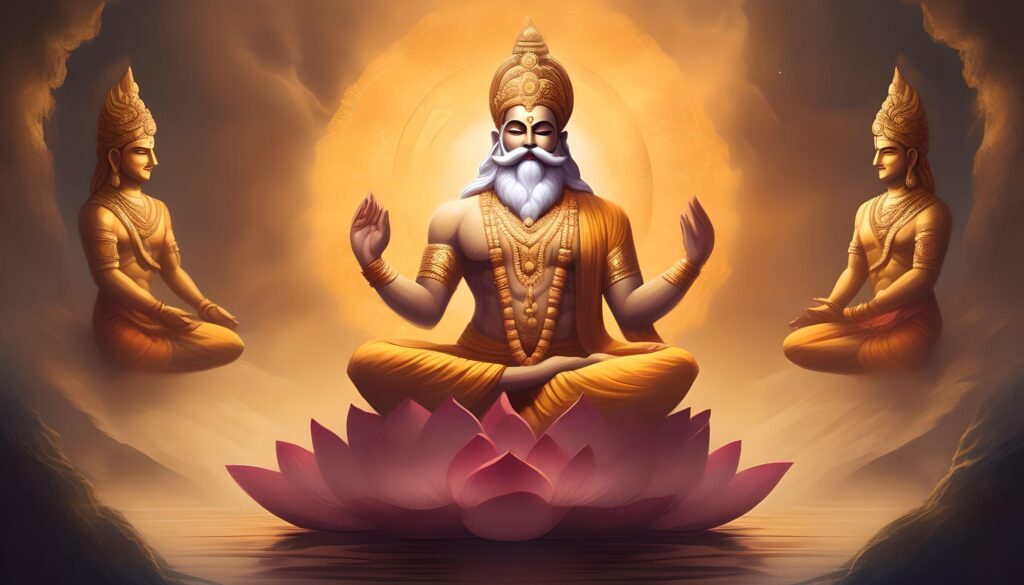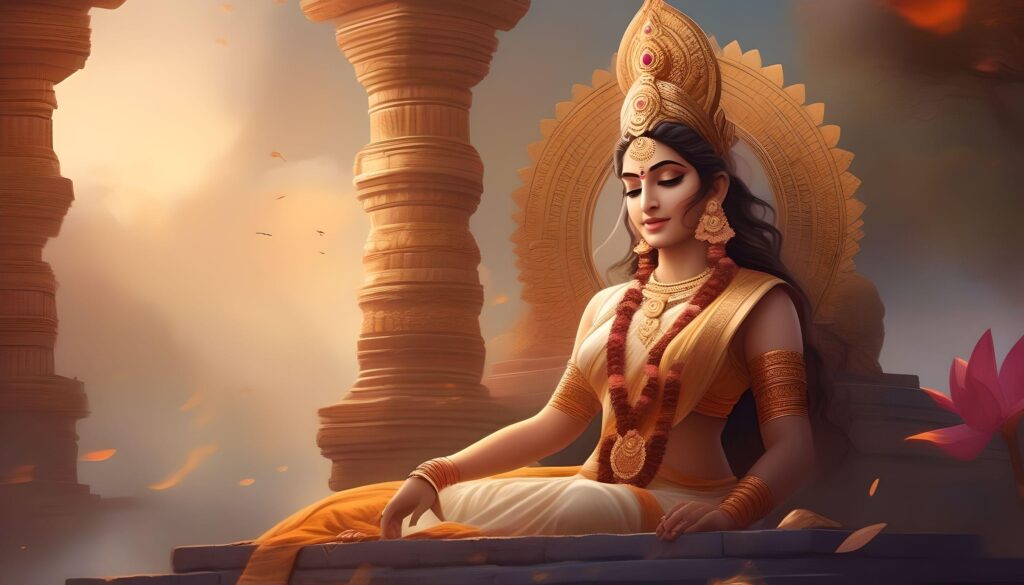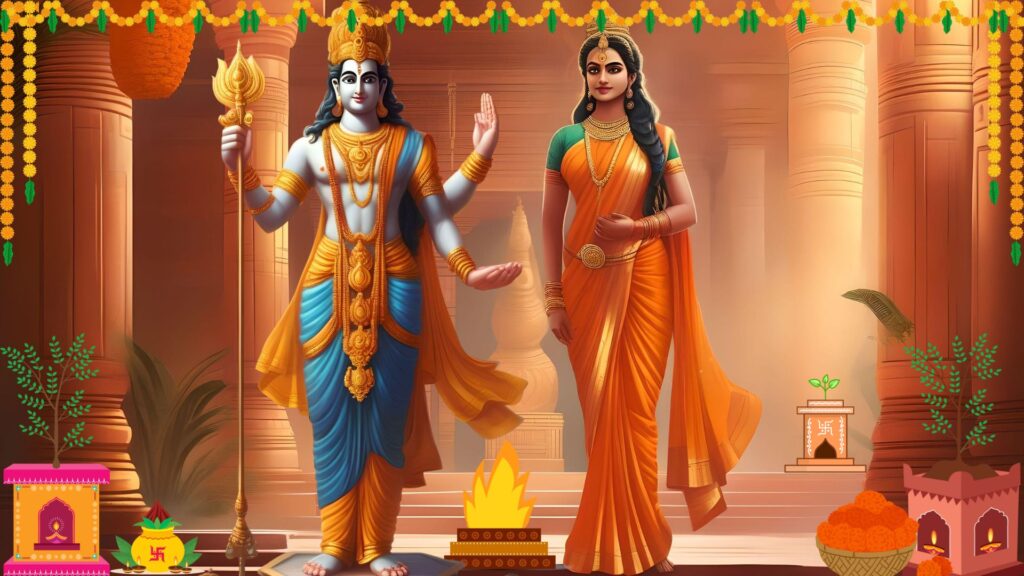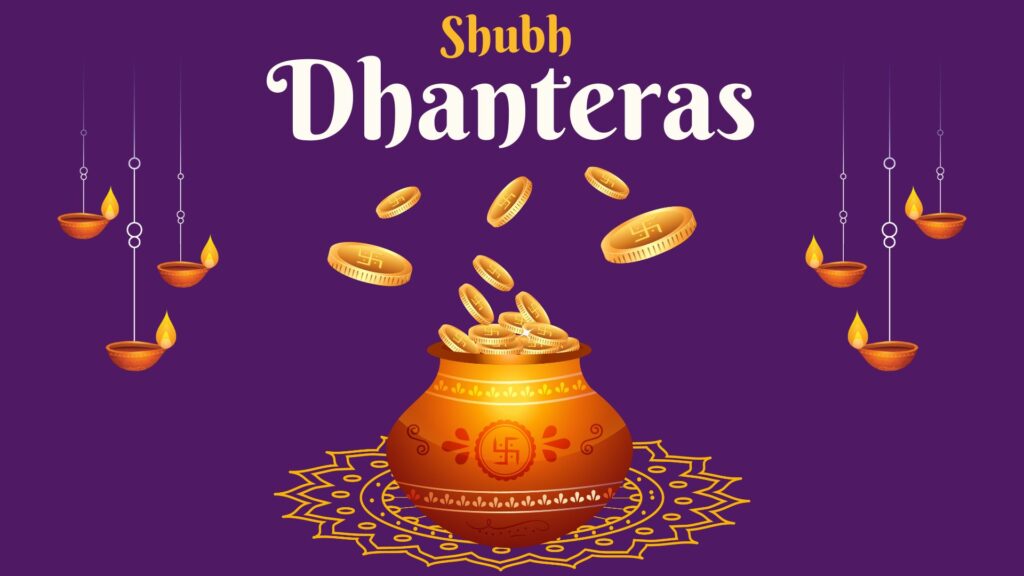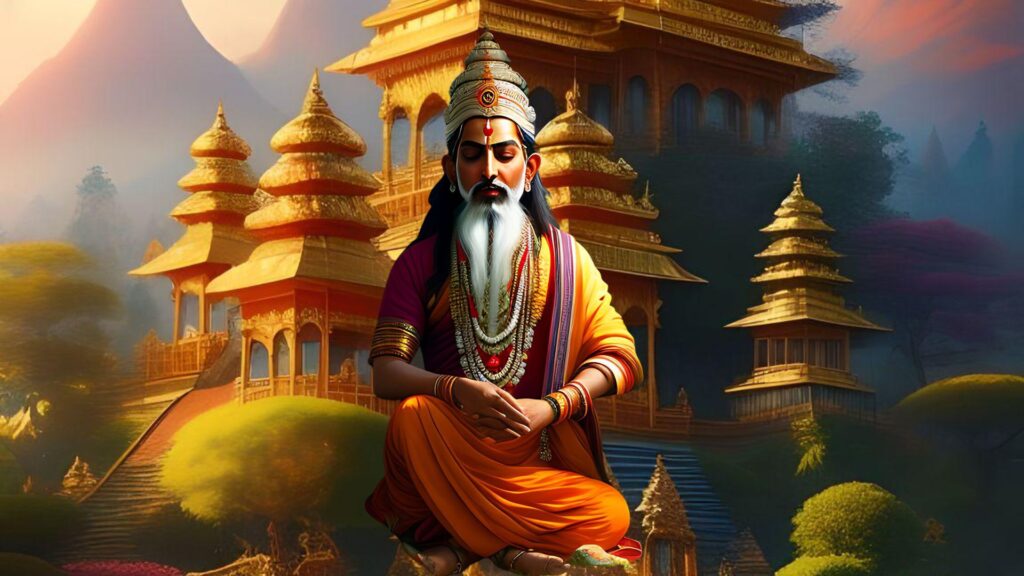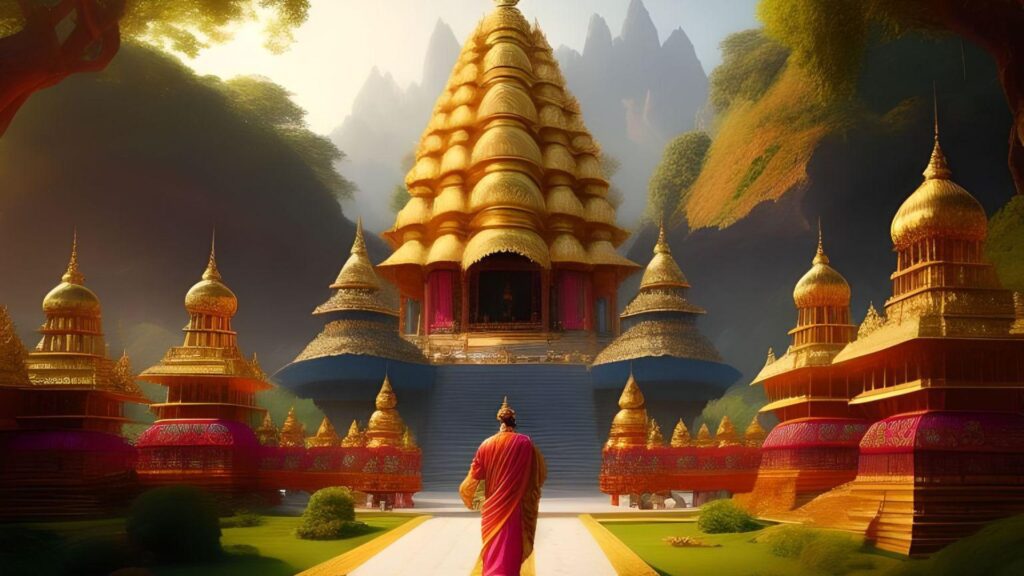India’s Caste System: Hindu Social Stratification
Introduction
The caste system in India is among the most ancient and persistent manifestations of social stratification globally. Drawing inspiration from Hinduism, this intricate hierarchical framework segments society into inflexible clans according to an individual’s karma (effort) and dharma (obligation). Having endured for more than three millennia, the caste system has profoundly influenced Hinduism’s religious and social fabric. This extensive article aims to examine the origins, mechanisms, and consequences of the caste system in India, providing insight into its intricate nature and progressive development.
The Origins of the Caste System
Ancient Hindu scriptures provide the foundation for the caste system, with Manusmriti standing as a preeminent and authoritative treatise on Hindu law. Manusmriti, which predates the birth of Christ by a minimum of one thousand years, recognizes and rationalizes the caste system as the bedrock of societal regularity and social order. In Hindu mythology, the caste system is said to have its origins in Brahma, the deity associated with creation.
The Brahmins occupied the apex of the caste system; they were predominately scholars and educators. It was hypothesized that they originated from the cranium of Brahma. The warrior and governing class, the Kshatriyas, were positioned beneath them. It is said that they originated in the arms of Brahma. Vaishyas, who were traders by profession, were positioned third in the hierarchy and originated from the quadriceps of Brahma. Subsequently, situated at the base of the social hierarchy were the Shudras, relegated to laborious duties who were purportedly descended from the feet of Brahma.
The Caste Structure and Subdivisions
In the Hindu caste system, the principal castes were subdivided into an estimated 3,000 castes and 25,000 sub-castes, with the latter being categorized according to particular occupations. The intricate social structure was the result of these subdivisions and divisions; each group occupied a distinct position in the caste hierarchy. In addition to determining an individual’s profession, caste also governed social interactions, matrimony, and access to resources like water wells.
A class distinct from the traditional caste system were the Dalits, who were alternatively referred to as the untouchables or achhoots. Extreme social discrimination was directed at Dalits, who were also regarded as immoral. They were frequently forced to perform degrading labor, such as cleaning latrines or managing dead animals, and were relegated to the lowest levels of society. Society was profoundly prejudiced against Dalits, as evidenced by the stringent regulations that barred them from entering temples and even partaking in meals with individuals of higher castes.
The Functioning of the Caste System
The caste system has exerted dominion over nearly all facets of Hindu religious and social existence for centuries. Rural areas have historically been particularly strict in their adherence to caste-based segregation. Elevated and lower castes coexisted in distinct colonies, did not utilize shared water sources, and engaged in endogamy by matrimonially uniting only within their caste. The higher castes were granted a multitude of privileges by the system, whereas the lower castes were subjected to oppression and discrimination.
The caste system faced extensive criticism due to its inherently regressive and unjust characteristics. It functioned as an inflexible societal structure wherein members were confined, devoid of any avenues for advancement. Notwithstanding these challenges, certain individuals hailing from low-caste backgrounds succeeded in surmounting societal barriers and attaining esteemed positions. Prominent instances encompass BR Ambedkar, the progenitor of India’s constitution, and KR Narayanan, the inaugural Dalit president of the nation.
The Evolution of the Caste System
Historians contend that the formal differentiations of caste in Indian society were of marginal significance until the 18th century. Social identities exhibited greater adaptability, facilitating seamless transitions between castes. However, as British colonial authorities established themselves in India, the caste system became more prominent and a defining characteristic of Indian society. To simplify the system, predominantly for the purposes of establishing a common law and governing, the British utilized censuses.
The Legal Status of the Caste System
Constitutionally ratified in 1950, the Indian independence code proscribed caste-based discrimination. In order to address long-standing inequities and ensure equitable opportunities for marginalized communities, the government implemented quotas for scheduled castes and tribes, which occupied the lowest position in the caste hierarchy, in educational institutions and government employment. The aforementioned quotas were expanded to encompass the Other Backward Classes (OBCs), an ethnic category situated intermediately between the upper and lower castes as traditionally defined, in 1989.
In spite of the implementation of these legal measures, caste identities continue to be pervasive within Indian society. Caste affiliation is frequently denoted by a person’s last name, and intercaste matrimonial unions remain a bit rare. Although the impact of caste has diminished to some extent, particularly in urban regions due to the rise of secular education and urbanization, it remains a substantial factor in politics, as candidates strive to secure electoral support by appealing to particular caste factions.
Contemporary Debates and Challenges
There has been a surge in calls for caste-based reservations from diverse communities in recent times. Protests have been organized by factions such as the Jats in Haryana and the Patels in Gujarat in an effort to obtain caste quotas. Despite their political influence and prosperity, these communities maintain that a substantial segment of their populace continues to face economic disadvantages.
Opponents of the reservation system contend that it has impeded social progress and perpetuated caste distinctions. They hold the belief that the perpetuation of the caste system through the manipulation of caste identities by politicians in electoral campaigns would have prevented its natural elimination. However, despite this, the reservation system remains a mechanism employed to rectify past inequities and promote equality for disadvantaged communities.
The Changing Landscape
There are indications of transformation in Indian society, despite the prevalence of the caste system. Inter-caste interactions, urbanization, and increased education have all contributed to the erosion of caste barriers. Individuals have begun adopting single names in specific geographical areas, including southern states and Bihar, as a means of liberation from the constraints imposed by caste identity. Notwithstanding these advancements, caste identities persist as substantial factors influencing social interactions and prospects across diverse domains.
Conclusion
For millennia, the caste system in India, which is firmly grounded in Hinduism, has exerted a substantial influence on societal development. Throughout history, the caste system in India has functioned as a legal framework that has both delineated and imposed limitations on individuals on the basis of their birthplace. Despite concerted efforts to rectify past injustices and ensure equitable opportunities, the enduring impact of the caste system remains evident. In light of India’s ongoing transformation, the intricacies and consequences of caste will invariably persist as subjects of discussion and investigation.
#Caste #Castesystem #hindu #structure #challenges #debate
